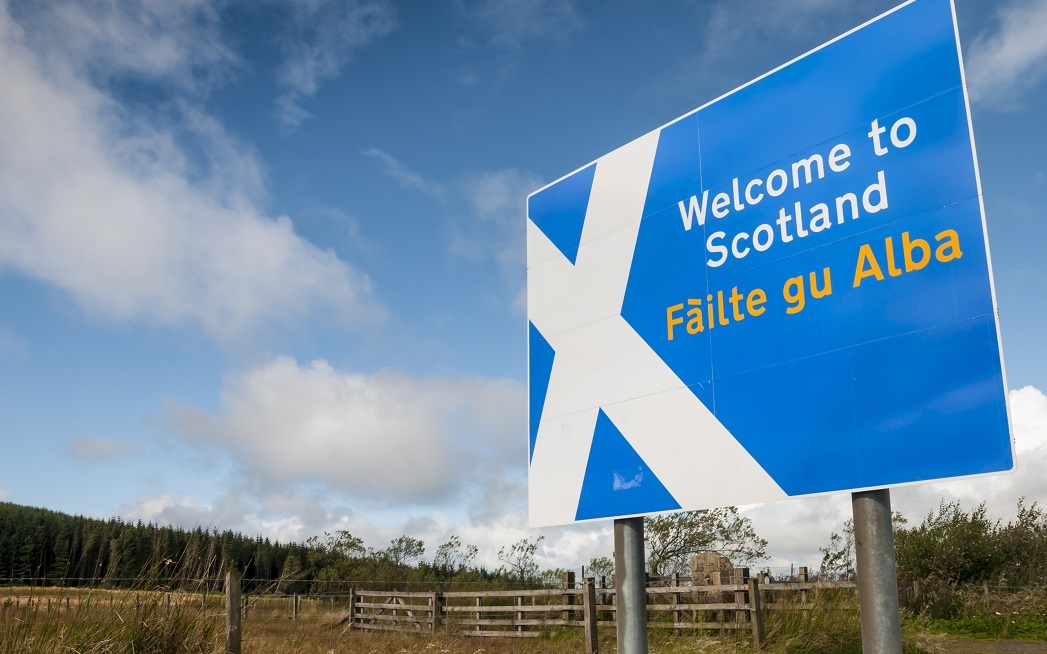
THE NUMBER of Scottish children who can speak Gaelic has risen slightly, according to results from the 2011 census.
While there was an overall decrease in speakers between 2001 and 2011, the number increased among younger age groups.
The proportion of Gaelic speakers rose from 0.53% to 0.7% for three to four-year-olds, from 0.91% to 1.13% for five to 11-year-olds, and from 1.04% to 1.10% for 12 to 17-year-olds.
In contrast, for people aged 65 and over, the proportion fell from 1.8% in 2001 to 1.5% in 2011.
The census showed that in 2011, 87,100 people aged three and over in Scotland had some Gaelic language skills.
Of these, 32,400 could understand, speak, read and write Gaelic, 57,600 could speak Gaelic, 6,100 were able to read and write but not speak Gaelic, and 23,400 were able to understand Gaelic but could not speak, read or write it.
The Highlands, Western Isles and Glasgow were the areas with the largest numbers of people with some Gaelic language ability, with these three areas contained almost half of those with some Gaelic language skills nationally.
Data showed that two-fifths of Gaelic-speaking children aged five to 11 live in households where all adults had some Gaelic language skills, almost a quarter live in households where some adults had some Gaelic language skills and just over a third lived in households where no adults had any Gaelic language skills.

Enjoy the convenience of having The Sunday Post delivered as a digital ePaper straight to your smartphone, tablet or computer.
Subscribe for only £5.49 a month and enjoy all the benefits of the printed paper as a digital replica.
Subscribe